We have much more to do and your continued support is needed now more than ever.
6 Creative Ways Wildlife Find Shelter
Whether you prefer building your own place, finding somewhere move-in ready, or living a little more transiently, we all have preferences about where we stay—and wildlife do too. Here are six unique ways wildlife make, take, or find their homes around the world…
#1 Crash At Your Friend’s Place
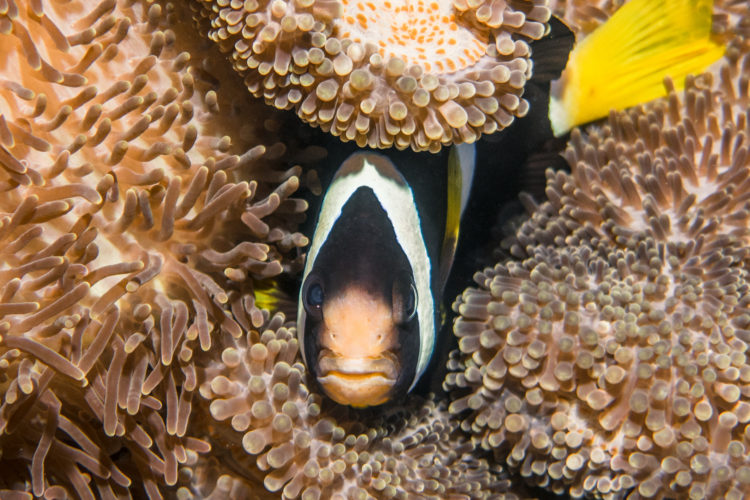
Some fish are friends….with anemones! As their name suggests, Clark’s anemonefish can’t survive without a host anemone. Anemones have stinging cells called nematocysts at the ends of their tentacles that sting their prey, such as small fish. However, clownfish have a layer of mucus on their scales that keep them from being stung. Clownfish help “pay rent” to their protective friends by keeping the place tidy—removing parasites and warding off unwanted guests.
#2 DIY Home Innovation
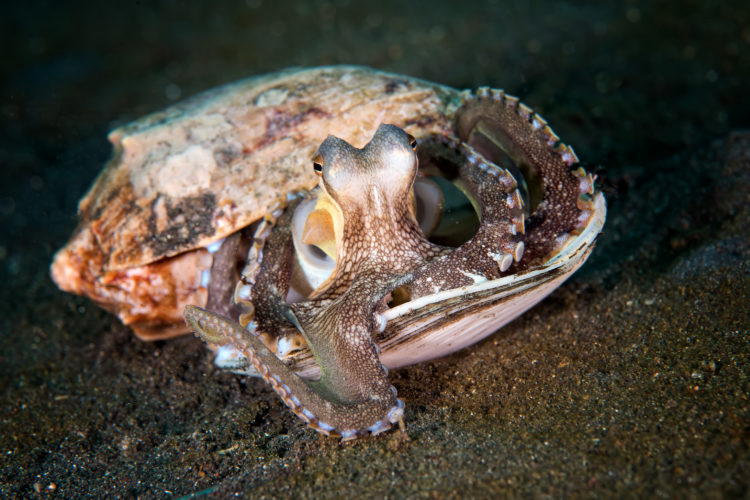
The coconut octopus is an inventive invertebrate. After finding seashells and halved coconut shells, they will carry them with them across the seafloor to later use as creative cover. These shell-ters set the coconut octopus apart as the only invertebrate known to use a tool—by collecting items for use at a later time and place.
#3 Weasel Your Way In

The ermine is not the friendliest of house guests. These short-tailed weasels do not need a permanent den, because they take over the homes of their prey. Ermine’s utilize their small skinny bodies to go into rodent dens, grab a bite to eat, and then take over their place to sleep!
#4 Keep a Place on the Coast
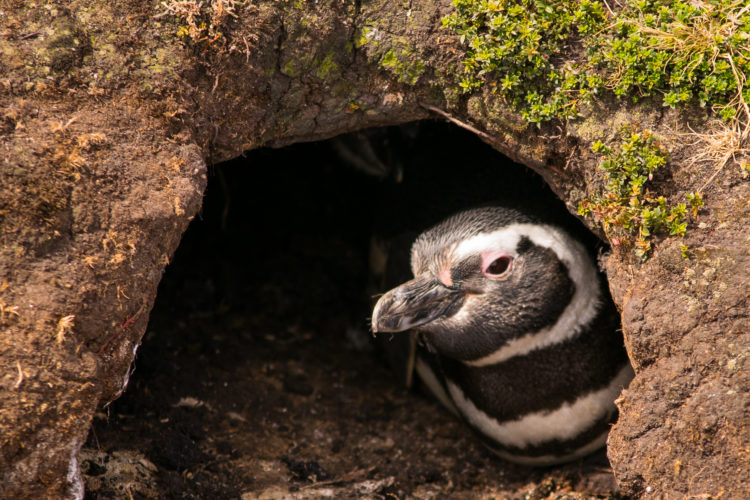
The South American Magellanic penguins live in nesting burrows throughout mating season. They dig these burrows in the substrate in coastal grasslands and forests and often return to the same burrow with their partner every year. For the 40 days after an egg is laid, parents will swap off egg-incubation duties so that the other can go hunt at sea, high-flippering about every two weeks.
#5 Find a Decay Getaway
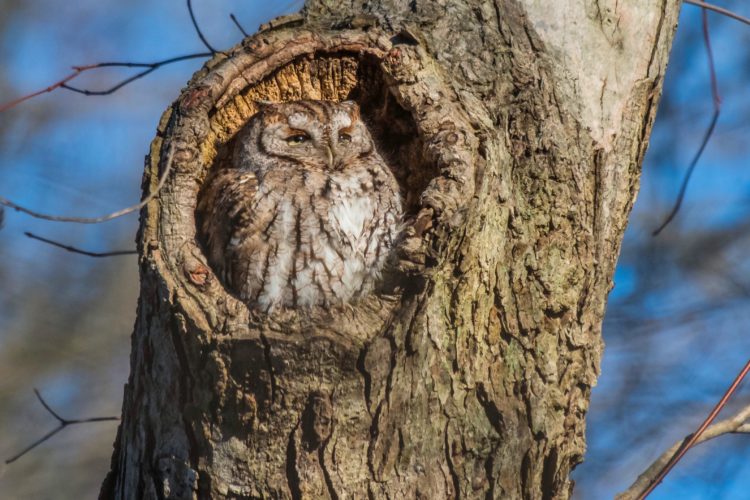
Screech owls like to live in highrises with a view—and tree cavities make the perfect spot. Tree cavities, also called holes or hollows, are often formed when a hardwood tree is injured and the exposed area begins to decay. Luckily trees can live long happy lives with hollows, and provide homes to owls and other cavity-nesting birds like wood ducks.
#6 Try a Tiny House
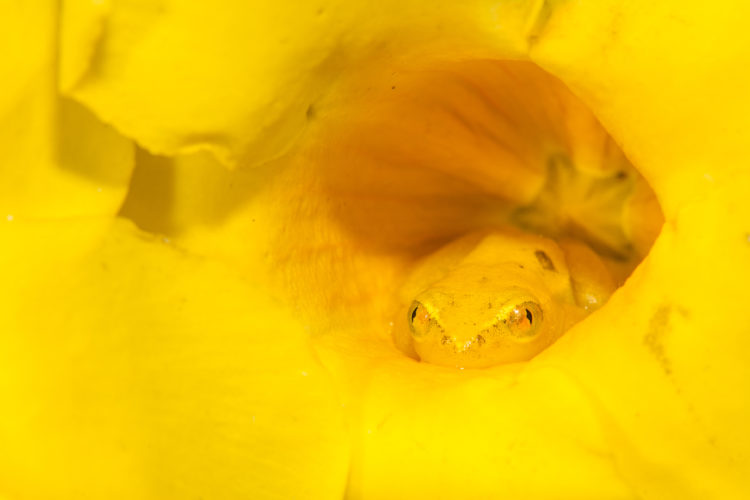
The reed frog is no stranger to tiny living. Natives to sub-Saharan Africa, they get their name from spending their days perched on reeds in perennial wetlands. Growing to be just an inch long, reed frogs like this one can find shelter in small spaces, like inside the flower of a Pachypodium plant.
Thanks to Our Photographers
These photos were submitted to us by previous National Wildlife Photo Contest contestants. The 2020 National Wildlife Photo Contest is now closed. To see past photo contest winners and learn more information about the Nature’s Witness photography exhibit, click here.






















